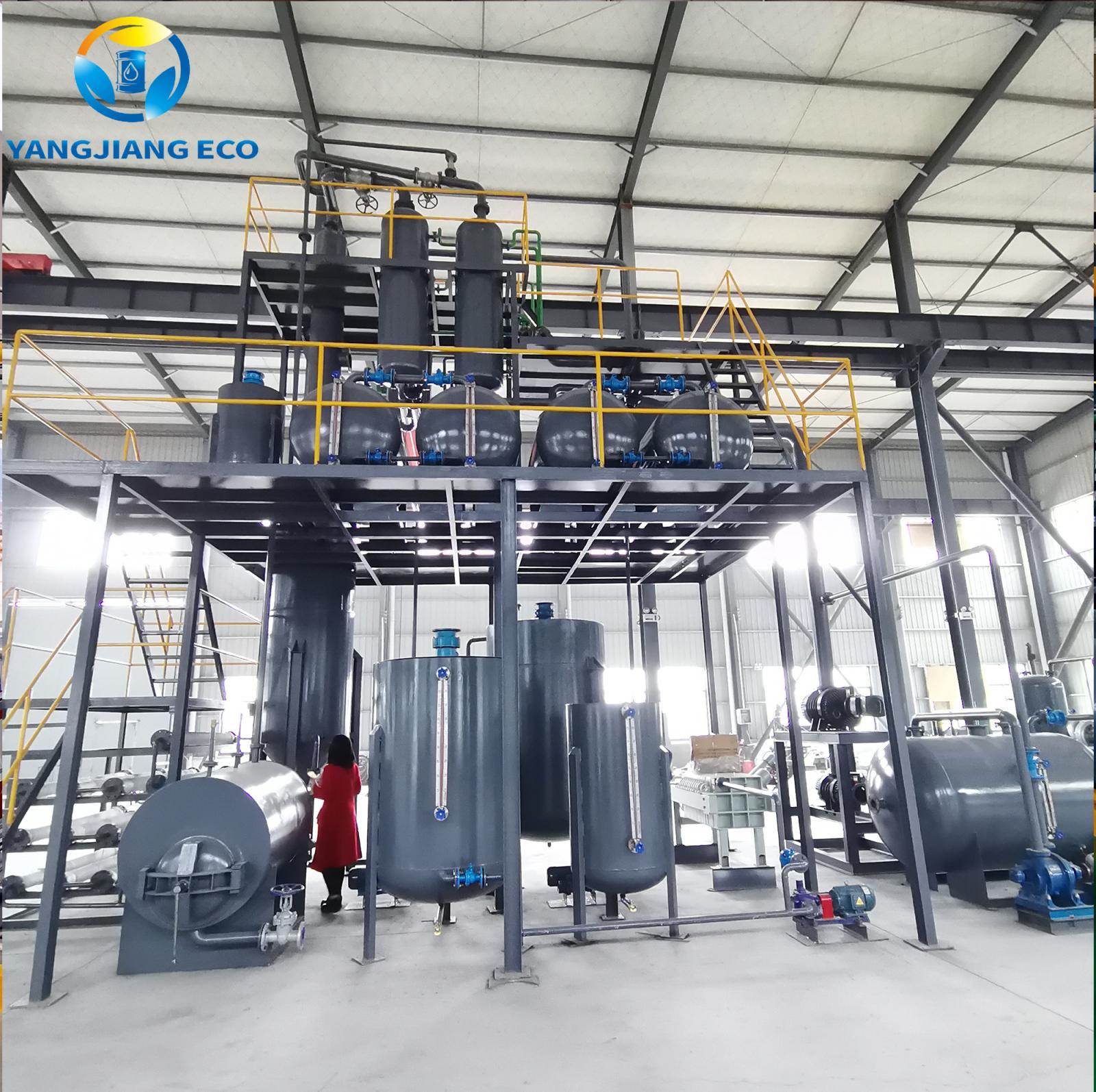Notifications

3 minutes, 57 seconds
-6 Views 0 Comments 0 Likes 0 Reviews

Waste oil recycling is becoming increasingly vital in today’s world as we strive to reduce environmental pollution and optimize resource usage. One technology at the forefront of this green revolution is the waste oil distillation machine, a powerful system designed to transform used oil into reusable fuel or base oil. Unlike traditional disposal methods that often cause soil and water contamination, these machines enable efficient and eco-friendly recovery of valuable hydrocarbons.
At its core, a waste oil distillation machine is an industrial apparatus that heats used oil, separates contaminants and impurities, and condenses the purified fractions into fresh, reusable oil products. This process mimics crude oil refining on a smaller scale but is optimized for recycling used lubricants, engine oils, and industrial waste oils. By employing vacuum distillation or atmospheric distillation technologies, the machine achieves high recovery rates and yields fuel oils with properties comparable to fresh diesel or lubricants.
Used oil contains a mixture of hydrocarbons, metal particles, water, and additives that degrade its performance. Simply disposing of this waste is harmful and wasteful. Recycling through distillation provides multiple benefits:
Environmental Protection: It prevents hazardous waste from contaminating soil and water bodies.
Resource Efficiency: Recovered oil reduces the demand for virgin petroleum, conserving natural resources.
Economic Savings: Industries and service stations can save on fuel and lubricant costs by reusing distilled oil.
Compliance: Many governments now enforce strict waste oil disposal regulations, and distillation machines help businesses comply easily.
Modern waste oil distillation machines incorporate numerous advanced features. For example:
Vacuum Distillation Technology: Lowering the pressure allows distillation at lower temperatures, preventing thermal cracking and preserving oil quality.
Automatic Control Systems: Sensors and PLC (Programmable Logic Controller) systems monitor temperature, pressure, and flow rates to optimize output and safety.
Multi-Stage Filtration: Pre- and post-distillation filters remove solid impurities and improve fuel clarity.
Energy Efficiency: Heat exchangers recover heat from exhaust gases, reducing fuel consumption.
These improvements have made waste oil distillation machines more reliable, cost-effective, and accessible to various industries, from automotive workshops to large refineries.
The application range of waste oil distillation machines is broad. Besides recycling engine and gear oils, they process waste transformer oils, marine diesel residues, and even bitumen-based oils. Many emerging markets have adopted this technology to tackle illegal oil dumping and reduce dependency on expensive fuel imports.
Waste oil distillation machines represent a crucial step toward sustainable waste management and resource recovery. By turning hazardous waste oil into valuable fuel and lubricants, they not only safeguard the environment but also provide economic advantages for businesses worldwide. As technology continues to advance, these machines will likely become a standard fixture in green industrial practices, supporting a circular economy and a cleaner planet.

